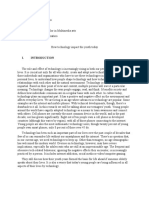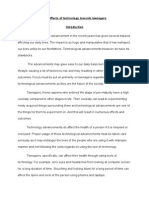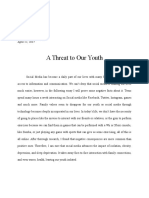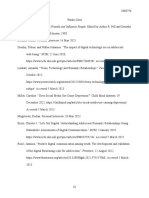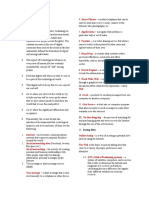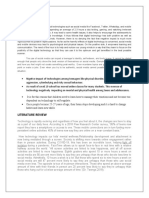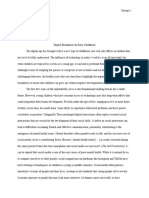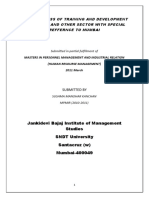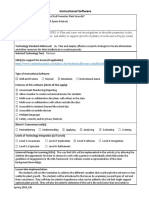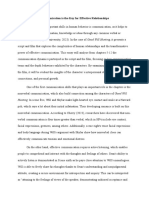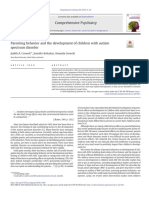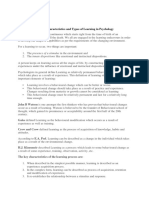0% found this document useful (0 votes)
35 views4 pagesC&C Small Persuasive Essay
The document discusses the impact of technology on teen behavior. While technology allows for greater connectivity and access to information, it can also threaten mental health and social development. It enables easy communication but also facilitates cyberbullying and identity theft. Constant use of social media can distort self-image and reduce face-to-face interactions, obstructing social and emotional development. Overall, technology both benefits and poses challenges for teens, so raising awareness of risks is important so they can reap rewards while protecting well-being.
Uploaded by
Frankie XunCopyright
© © All Rights Reserved
We take content rights seriously. If you suspect this is your content, claim it here.
Available Formats
Download as PDF, TXT or read online on Scribd
0% found this document useful (0 votes)
35 views4 pagesC&C Small Persuasive Essay
The document discusses the impact of technology on teen behavior. While technology allows for greater connectivity and access to information, it can also threaten mental health and social development. It enables easy communication but also facilitates cyberbullying and identity theft. Constant use of social media can distort self-image and reduce face-to-face interactions, obstructing social and emotional development. Overall, technology both benefits and poses challenges for teens, so raising awareness of risks is important so they can reap rewards while protecting well-being.
Uploaded by
Frankie XunCopyright
© © All Rights Reserved
We take content rights seriously. If you suspect this is your content, claim it here.
Available Formats
Download as PDF, TXT or read online on Scribd
/ 4




